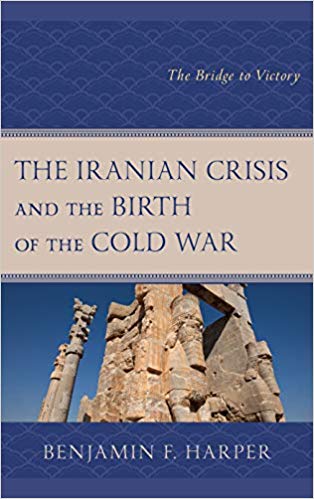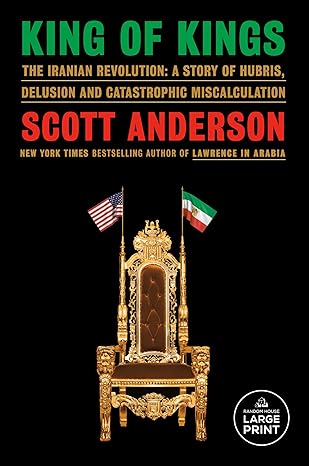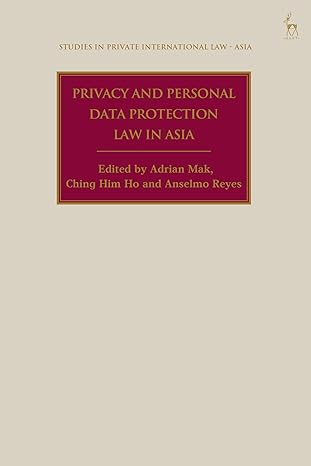This work examines the Iranian Crisis of 1946 and its active role in shaping the Cold War that followed. It is intended to serve as a case study of how the United States was able to successfully flex its short-lived atomic monopoly and achieve its international objectives in the early postwar era. This writing engages with the robust academic field of U.S. foreign relations that over the past number of years revisited and reimagined the origins and driving forces of the Cold War.
The Soviet Union’s violation of a troop withdrawal agreement at the conclusion of the Second World War, coupled with its active support of Kurdish and Azeri separatist movements, aggressively tested the new and evolving international order. The primary objective of this work is to understand how the international community achieved a relatively peaceful withdrawal of Soviet forces from Iranian territory. I contend that: 1) Iran possessed, due to its wartime role and latent economic potential, a degree of leverage in negotiations with the United States and Russia that other nations did not; 2) that the Iranian prime minister, Ahmad Qavām, shrewdly manipulated both superpowers with his own brand of masterful statecraft while pursuing his own “Iran-centric” objectives; 3) that the United States used its preponderance of military, economic, and diplomatic might to effectively achieve its postwar aims; and 4) the primary actors in the crisis solidified the legitimacy of the United Nations and its Security Council, which had previously been in jeopardy.
While lesser known than the Berlin Airlift or the Korean War or the Cuban Missile Crisis, the Iranian Crisis revealed for the first time what a superpower clash might look like. This event provides a stunning example of crisis management by the primary participants. The Iranian Crisis was indeed the birth of the Cold War, and it established a model for state actions during and after this long conflict. The Crisis also provides a powerful example of how third-party entities outside of Europe, despite possessing relatively meager military and economic might, had the ability to alter and occasionally manipulate superpower behavior.
چکیده فارسی
این اثر به بررسی بحران 1946 ایران و نقش فعال آن در شکلدهی به جنگ سرد پس از آن میپردازد. در نظر گرفته شده است که به عنوان یک مطالعه موردی در مورد اینکه چگونه ایالات متحده توانست با موفقیت انحصار کوتاه مدت اتمی خود را منعطف کند و به اهداف بین المللی خود در اوایل دوران پس از جنگ دست یابد. این نوشته با حوزه علمی قوی روابط خارجی ایالات متحده درگیر است که در چند سال گذشته منشاء و نیروهای محرک جنگ سرد را مورد بازبینی و تجسم مجدد قرار داده است.
نقض توافقنامه خروج نیروها توسط اتحاد جماهیر شوروی در پایان جنگ جهانی دوم، همراه با حمایت فعال آن از جنبشهای جداییطلب کردها و آذریها، نظم بینالمللی جدید و در حال تحول را به شدت مورد آزمایش قرار داد. هدف اصلی این کار درک این موضوع است که چگونه جامعه بین المللی به خروج نسبتا مسالمت آمیز نیروهای شوروی از خاک ایران دست یافت. من ادعا می کنم که: 1) ایران به دلیل نقش دوران جنگ و پتانسیل نهفته اقتصادی خود، دارای درجه ای از اهرم در مذاکرات با ایالات متحده و روسیه بود که سایر کشورها نداشتند. 2) اینکه احمد قوام، نخستوزیر ایران، در حالی که اهداف «ایران محور» خود را دنبال میکرد، زیرکانه هر دو ابرقدرت را با نام و نشان مملکتسازی استادانهاش دستکاری کرد. 3) اینکه ایالات متحده از قدرت نظامی، اقتصادی و دیپلماتیک خود برای دستیابی مؤثر به اهداف پس از جنگ استفاده کرد. و 4) بازیگران اصلی بحران مشروعیت سازمان ملل متحد و شورای امنیت آن را که قبلاً در خطر بوده است، محکم کردند.
در حالی که کمتر از هواپیمای برلین یا جنگ کره یا بحران موشکی کوبا شناخته شده است، بحران ایران برای اولین بار نشان داد که یک درگیری ابرقدرت ها ممکن است شبیه به چه شکلی باشد. این رویداد نمونه ای خیره کننده از مدیریت بحران توسط شرکت کنندگان اولیه ارائه می دهد. بحران ایران در واقع تولد جنگ سرد بود و الگویی برای اقدامات دولت در طول و پس از این درگیری طولانی ایجاد کرد. بحران همچنین نمونهای قدرتمند از اینکه چگونه نهادهای شخص ثالث در خارج از اروپا، با وجود برخورداری از قدرت نظامی و اقتصادی نسبتاً ناچیز، توانایی تغییر و دستکاری رفتار ابرقدرتها را داشتند.
ادامه ...
بستن ...
Ebook details:
عنوان: The Iranian Crisis and the Birth of the Cold War: The Bridge to Victory
نویسنده: Benjamin F. Harper
ناشر: Lexington Books (September 15, 2018)
زبان: English
شابک: 1498576966, 978-1498576963
حجم: 3 Mb
فرمت: True Pdf
ادامه ...
بستن ...










